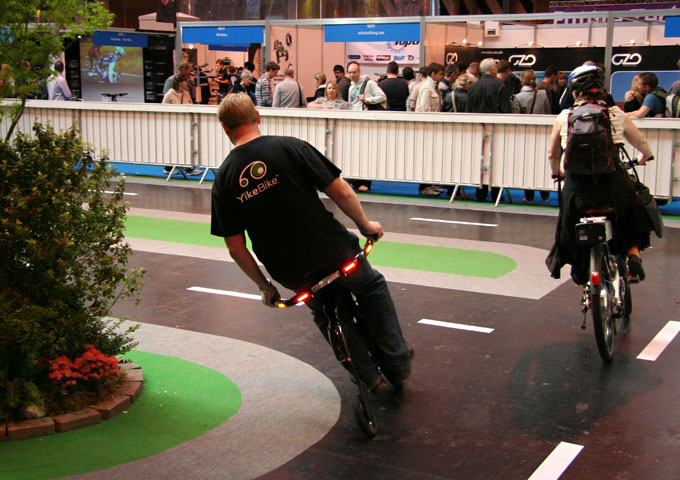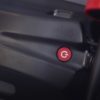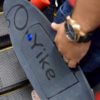
Regulations are an interesting dilemma for companies that produce inventions that legislators and regulators didn’t foresee. If companies chose to only do things that regulations allowed there would never be bold innovation.
If companies tried to change regulations before launching they would never get off the ground. But which reasonable regulator is going to put time into changing a law if they don’t know how many users it will affect? This is the regulator/innovator catch 22.
We are great believers in regulations to protect consumers. Safety has been a major focus of the YikeBike design for the last 5 years. The only rational approach for market entry for a radical new product is to make sure it is as safe as or safer than products that currently meet regulations and we believe we have done this.
Many of the things we could do to make the YikeBike meet some of regulations would in fact make the YikeBike less safe. Given the choice of meeting regulations the product was not designed for or making it safe we chose safe. Below are a few examples.
Regulations often require mechanical brakes and the testing includes spraying water on brake pads or being able to skid on dry surfaces, etc. We have tested mechanical brakes and found that they are not as a good as the electric anti-skid brake that we have developed. The brake doesn’t skid on wet grass or wet soapy concrete and brakes well within European bicycle guideline limits. It also doesn’t wear out brake pads or risk having cables snapping. The YikeBike brake is non-compliant but safer.
The lights on the YikeBike are not legal for a bike in many countries. Some don’t allow battery powered lights, and some don’t allow indicators and brake lights on bikes at all. No regulations allow for bike lights that auto adjust to the ambient light levels. When we studied bike safety the main safety issue is cars not seeing bikes, so we have bright lights on all the time visible from all angles that adjust to ambient light levels so as not to distract other vehicles. Again, it is a non-compliant but very safe lighting system.
The motor wattage limit for e-bikes is typically 200-300 watts. We have chosen a motor that is closer to 1000 watts output but is speed limited. This speed is limited to no faster than you can run and fits below the e-bike limit in most countries. When we ride a YikeBike with a lower power motor in traffic it is slower to accelerate and we feel less manoeuvrable in traffic. When a bus is coming your way you want to be able to get out of the way fast. There is no need to change down gears but the extra power makes the YikeBike very responsive and manoeuvrable. We also use the same motor for braking so the more power the brakes have the better. Another reason we think e-bikes should be regulated by speed and not power is that enforcement officials are unable to measure power in the field, whereas they can easily measure speed.
Pedals are required to make the bike compliant in many countries but we have found no evidence whatsoever that pedals aid rider safety.
In summary we have actively chosen not to make the YikeBike compliant to rules that were not designed for it but have instead chosen to make it safe.
Our guess is that regulations will catch up, as most modern cities are investing millions to come up with solutions to a growing need for people to rapidly move around congested cities in an environmentally friendly, efficient way. If you happen to be a legislator or regulator who wants to be known for being innovative and responsive and wants to make the YikeBike legal in your city let us know and we will help you.






